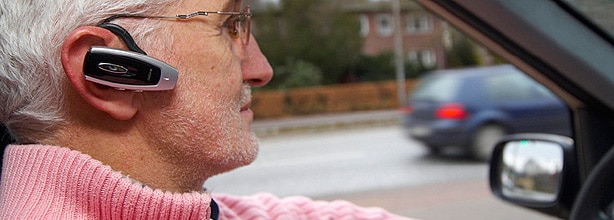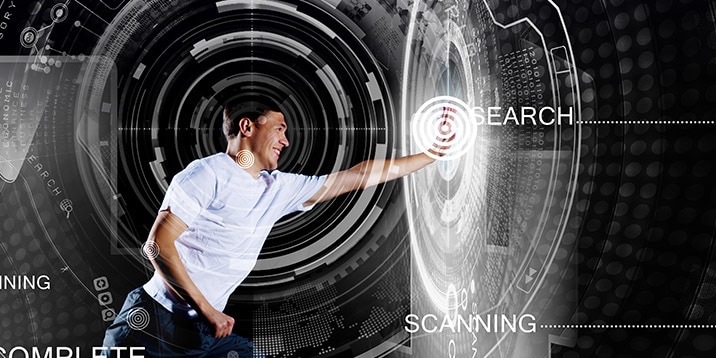
- Semiconductor Technology Now
Report Series
Part 3
Uberization Emerges through Digitalization — Reformation of Industry Structure
- February 28, 2018

Uber is an application software company, but its emergence has caused a commotion in the taxi industry akin to poking a beehive with a stick. Uber provides an app that connects a person capable of providing someone with a ride, with a person without a car but wanting to travel a certain distance. This has become an established service in some parts of the US as an alternative to taxis, whereby members of the public provide transport for strangers. The word uberization refers to how companies with a new business model suddenly enter an existing industry and bring about changes to that industry. As a result, even big companies are losing ground in their own industries. Uberization has been made possible by digital transformation*1. In this installment, we will look at the current state of uberization, and provide some arguments on how companies need to deal with it.
When you launch the Uber app (Figure 1), a map showing your current location is displayed, along with cars available in the vicinity. Let’s assume you are at Tokyo Station and want to go to Sengakuji. When you specify from Tokyo Station to Sengakuji, the app displays the car and the name of the driver willing to take you there, along with the fare. If this fare is acceptable, you simply tap the OK button. Your ride will arrive perhaps five minutes later. This is a form of car sharing that uses Uber.
 |
With this system, for popular destinations, for example Haneda airport, there may be other customers wishing to share the ride. If the driver also picks up other passengers, the fare becomes more economical, and this fare option is also displayed in the app. Even if you ride alone, the fare is still cheaper than a taxi, which is why the taxi industry is opposing it so strongly.
Mutual rating system
Another feature of the Uber system is that drivers and users need to register before they can use the service. The passenger rates the driver, and the driver rates the passenger’s manner. Passengers or drivers with a bad manner are registered in the center’s database. Based on the principle of market economy, a passenger or driver with a bad manner will make it difficult for themselves to use the service in the future. For this reason, Uber is actually safer to use than a taxi. Also, no cash is handled at any time during the trip. This helps to reduce crime. Both the driver and the passenger can use the service with peace of mind.
In Japan, the law does not authorize individuals to collect payment for giving a stranger a ride. Bringing the US business model to Japan as is would effectively create so-called “shiro taku” (white taxis) which are illegal taxis. This is inevitable since the law is designed to protect the taxi industry. To avoid conflicting with the law, Uber partnered with hire car companies and began its service at hire car rates. Obviously, this has little benefit from the consumer’s point of view, and so it seems little more than an experiment.
The service is needed in regional areas with infrequent bus services or other public transportation
Japan has underpopulated areas with no buses or taxis. Furthermore, there are areas where it is uncommon for taxis to cruise around searching for customers in need of a ride. Calling for a taxi in such areas may incur a “pick up” fee, and sometimes the meter in the taxi may already be running by the time it arrives. In such areas, people have no choice but to drive themselves even when they become elderly. In recent years, accidents caused by elderly drivers have become a social problem (see Reference 1), prompting some families to try to take the driver's license away from their elderly family members. Consequently, the elder members of the family face another problem, having lost their means of transportation and with fewer opportunities to go out—they become prone to dementia. Areas where public transportation is scarce would seem ideal for an inexpensive means of transportation like Uber. Another matter to consider is the difficulty that older people may have trying to use an app.
Someday, Uber will become accepted in Japan, and the transportation industry will have to be exposed to competition just like the rest of the world.
Footnotes
- *1
- Digital transformation: See Part 1: What is Digitalization?



















